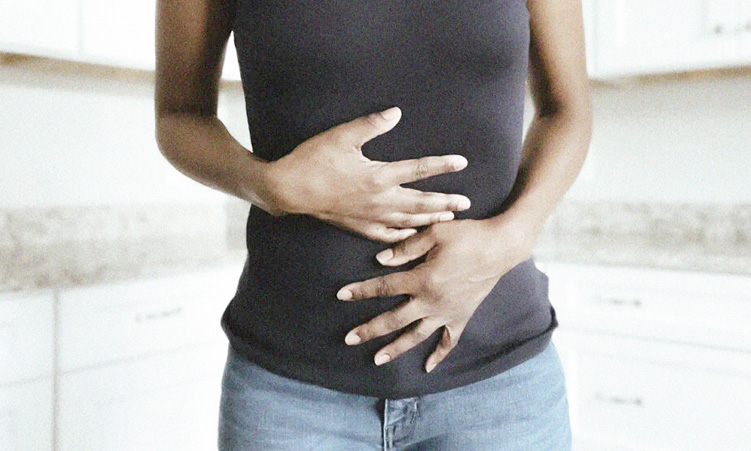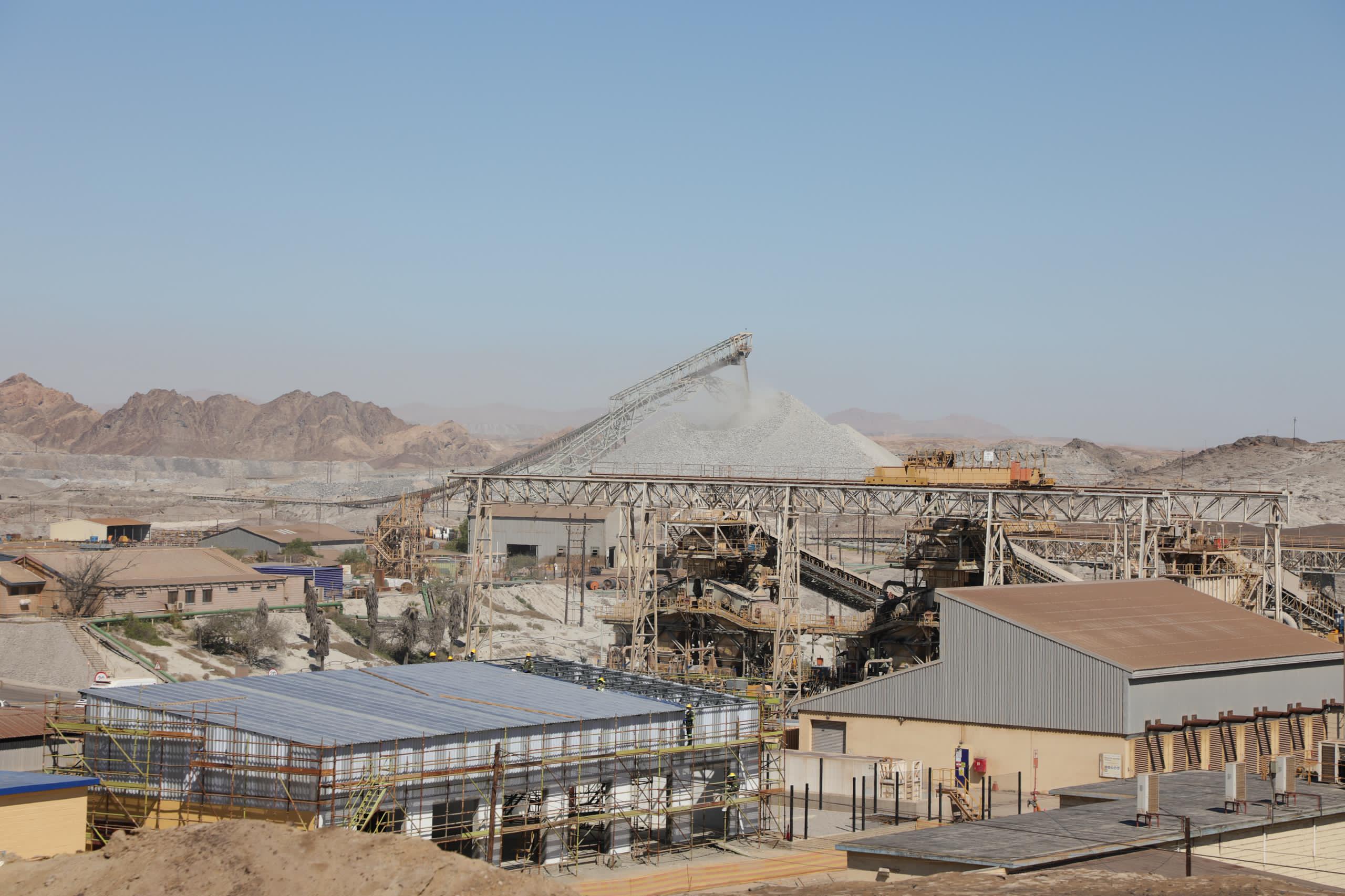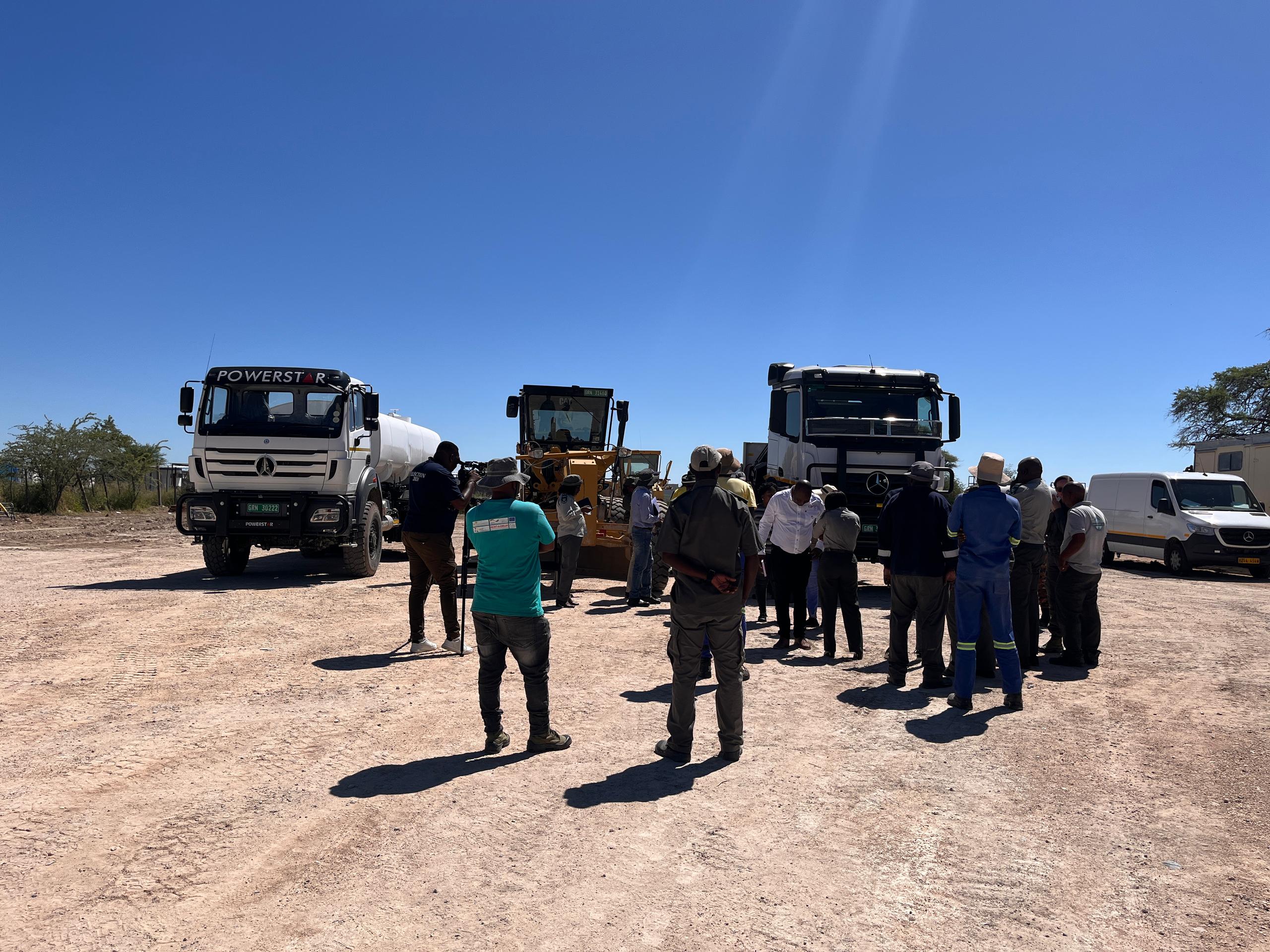A woman who has never menstruated due to a rare medical condition recalls the terrifying moment when a doctor told her that, despite her physical appearance, she might have male chromosomes.
Now 32 years old, Anna Hamukwaya* vividly remembers the confusion and fear she felt when she first realised she was different.
“My suspicions began when I was in Grade 7. A lady asked me if I had my period when I was about 14 or 15 years old. I thought maybe I was going to get it later in high school, like my mother, who started menstruating at 17 or 18 years old,” she says.
However, as the years passed and her period did not start, she grew concerned. After completing Grade 12 in 2010, she sought medical attention at Onandjokwe State Hospital, which referred her to Oshakati, where she saw a gynaecologist.
Hamukwaya told The Namibian that doctors performed a sonar scan, revealing that her uterus was either too small or absent. In 2014, she underwent surgery, during which doctors confirmed she did not have a uterus or it was just so small they could not detect it.
The most shocking moment came when a doctor told her that, while she had female physical characteristics, her chromosomes might indicate otherwise.
“He said physically I may be a woman, but my chromosomes could be male. That is why I was not menstruating,” she recalls.
She adds that further tests, however, confirmed she had ovaries and female reproductive structures, though her uterus was extremely small, preventing her from carrying a child.
The news was devastating. “I was very, very sad. It’s so emotional, sometimes I wonder about people who throw away their babies. If only they knew how many people want children but cannot have them,” she says.
Hamukwaya says in search of answers, she continued seeing specialists in Windhoek, undergoing X-rays and sonar scans. In 2022, she consulted a private gynaecologist, who reaffirmed her condition.
She says it was also around that time that doctors diagnosed her condition as primary amenorrhea.
Besides the emotional toll, she also suffers from severe back pain, which doctors attribute to her condition. “I cannot sit for two or three hours without leaning,” she says.
She explains that the absence of menstruation is linked to various complications, including chronic pain and hormonal imbalances, which have affected her daily life.
PRIMARY AMENORRHEA
According to the Mayo Clinic, primary amenorrhea refers to a medical condition where a woman does not experience her menstrual period by age 16.
The clinic explains that the rare condition could be caused by genetic factors, hormonal imbalances, or anatomical abnormalities, such as the absence of a uterus.
“The most common causes are related to hormone levels, although anatomical problems can also be factors. This condition can be influenced by genetic disorders, structural abnormalities, or issues with the endocrine system,” the clinic explains.
Mayo Clinic adds that individuals with primary amenorrhea may have typical female external characteristics but could possess chromosomal differences, such as androgen insensitivity syndrome, where a person has male (XY) chromosomes but develops female physical traits due to the body’s inability to respond to male hormones.
“Other conditions, such as Turner syndrome, occur when a female is born with only one X chromosome, affecting normal reproductive development. Specialists warn that diagnosing primary amenorrhea requires a thorough medical evaluation, including hormone tests and genetic analysis, to determine the underlying cause,” Mayo Clinic states.
The clinic adds that early diagnosis is crucial to managing symptoms and ensuring the best possible outcome for the individual.
- Not her real name
Stay informed with The Namibian – your source for credible journalism. Get in-depth reporting and opinions for
only N$85 a month. Invest in journalism, invest in democracy –
Subscribe Now!










